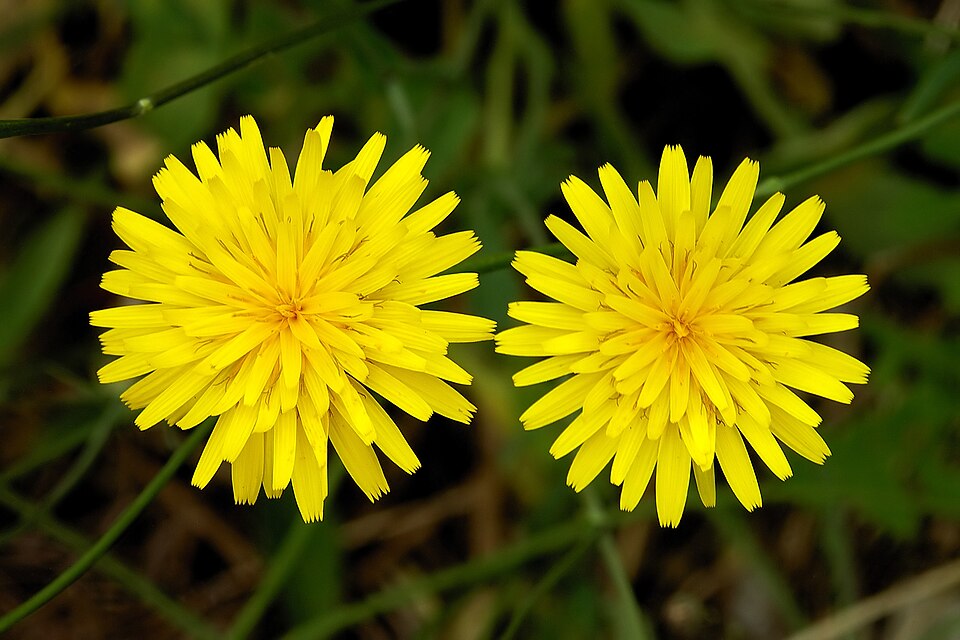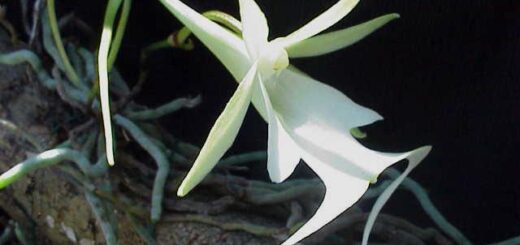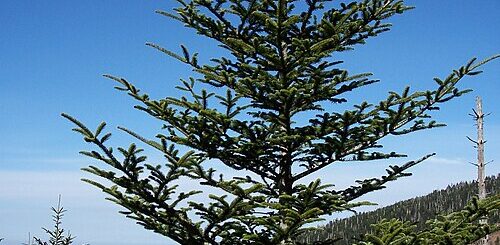Snowdonia Hawkweed – The Rarest Flower in Britain’s Wild Heart

Tucked among the windswept peaks of northern Wales, in the rugged embrace of Snowdonia National Park, blooms one of the rarest plants in the world: the Snowdonia hawkweed (Hieracium snowdoniense). This delicate yellow-flowered plant is not just a marvel of botany but a symbol of nature’s resilience and fragility.
A Flower Found Nowhere Else
What makes Snowdonia hawkweed so special? For starters, it’s endemic to a single mountain range. That means it’s found only in Snowdonia, and nowhere else on Earth. The plant grows in small, scattered clumps on remote rocky ledges and craggy uplands where few other species dare to thrive.
This hawkweed is part of a large and notoriously tricky genus, Hieracium, which botanists often debate over due to its tendency to form numerous micro-species through apomixis (a form of asexual reproduction). But Snowdonia hawkweed stands out. It was first recorded in the 19th century but disappeared for decades—so long, in fact, that it was believed extinct.
Lost and Found
For over 50 years, Snowdonia hawkweed wasn’t seen by a single scientist. Conservationists feared it had quietly slipped away, lost to habitat changes, grazing pressure, and climate shifts. Then, in 2002, during a botanical survey, it was miraculously rediscovered clinging to a remote cliffside.
That rediscovery sent ripples of excitement through the botanical world. It also underscored a critical truth: even in well-studied places like the UK, some species live so quietly and in such isolated niches that they can hide in plain sight—or nearly vanish without notice.
Why It Matters
You might ask: why care about a single, small, yellow flower that barely anyone sees?
Because Snowdonia hawkweed represents the delicate balance of mountain ecosystems. Its survival depends on specific conditions, low grazing pressure, little competition, and just the right kind of rock and altitude. Its story is a reminder that biodiversity isn’t just about the iconic animals we all recognize, but also the quiet persistence of life in its rarest forms.
It also shows how conservation isn’t just about protecting large tracts of land, but paying close attention to the details: to the micro-habitats, the overlooked species, and the complex relationships between climate, land use, and native flora.
Protecting the Future
Today, conservationists are keeping a close eye on Snowdonia hawkweed. Efforts are underway to monitor its populations, limit overgrazing by sheep and goats, and protect its delicate mountain habitat. The challenge is steep—literally and figuratively, but there’s hope.
In an age where biodiversity loss is accelerating globally, the Snowdonia hawkweed is a small but bright beacon of what’s possible with careful observation, science, and a little luck.
Have you ever hiked in Snowdonia and noticed its hidden botanical treasures? Let us know in the comments below, and keep an eye out next time you’re on the trail. Nature has a way of surprising us when we least expect it.
References:
https://en.wikipedia.org/wiki/Hieracium_snowdoniense










